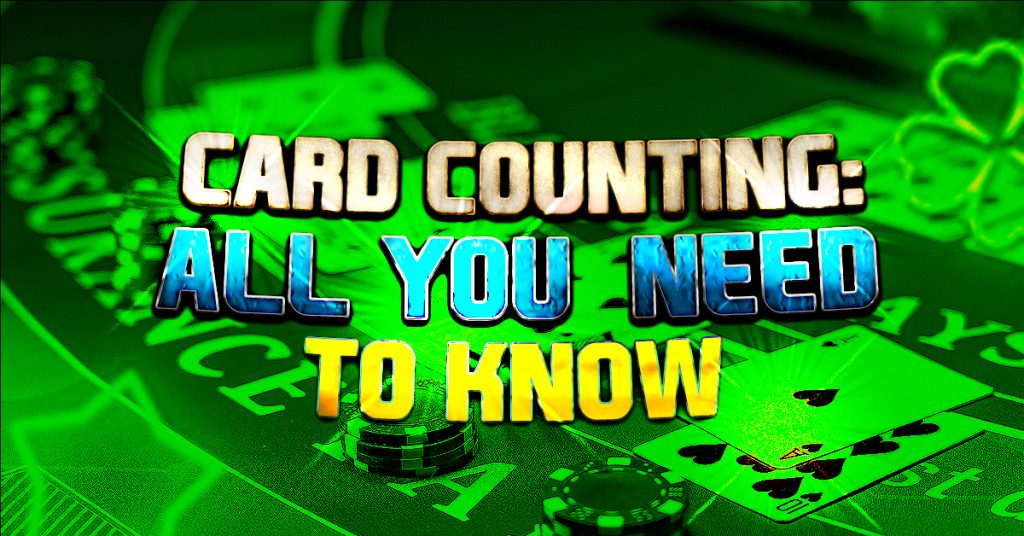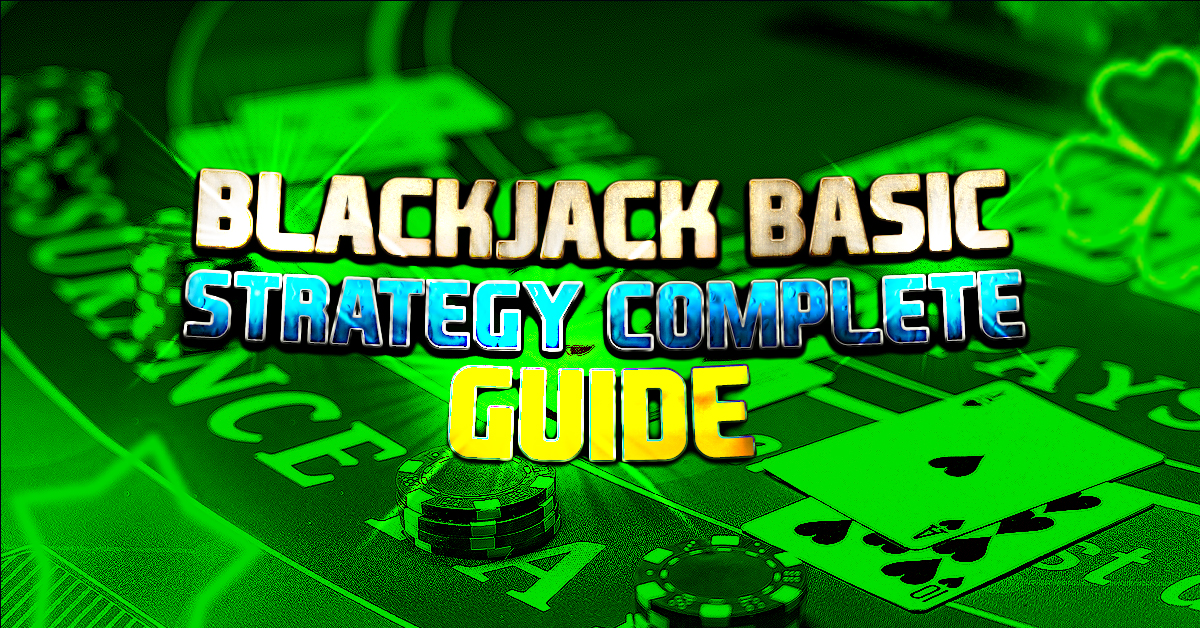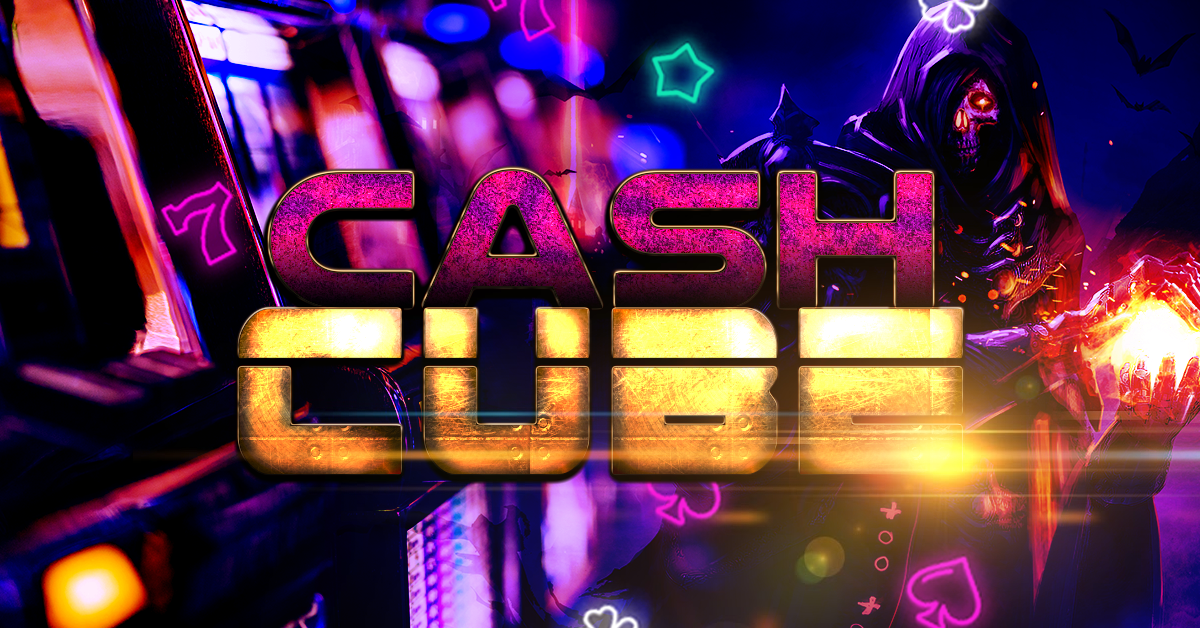When you visit the casino, are you more interested in winning than simply having a good time? If that’s the case, this article could be for you. In it, we’ll discuss one of the best known casino tips around: counting cards. So keep reading to discover everything you need to know to get started. Among other topics, we’ll cover the rules of blackjack, basic strategy and whether or not counting cards is even legal.
Does counting cards actually work?
In theory at least, counting cards is one of the best casino tips to win money. That’s because the technique doesn’t just eliminate the house edge. But it actually turns the game of blackjack into a long-term profitable game for the player.
Whether or not it actually works in reality is down to the individual. Card counting requires patience, discipline, focus and a good memory. With practice, anyone can count cards, but as with any skill in life, some people will do it more successfully than others.
How much does card counting increase your odds?
It’s hard to say exactly how much this casino strategy improves your chances of winning. Blackjack is not like a slot machine, where the RTP (Return To Player) percentage is predetermined and a computer does the rest. Human players can make a series of strategic decisions and the way they act influences their success rate.
The other consideration is that the rules of blackjack vary between casinos. Some pay slightly less for a blackjack; many offer the surrender rule; others don’t let you take insurance. Without knowing the exact rules, it’s very hard to do the calculations.
However, let’s take a standard blackjack format and assume that the player is just an average Joe. It would be reasonable to expect a house edge of something in the region of 1% to 2%. If you then use basic blackjack strategy and play perfectly, without a single mistake, the edge can be cut down to around 0.5%.
We’ll talk more about basic strategy later on in this article.
How do you count cards?
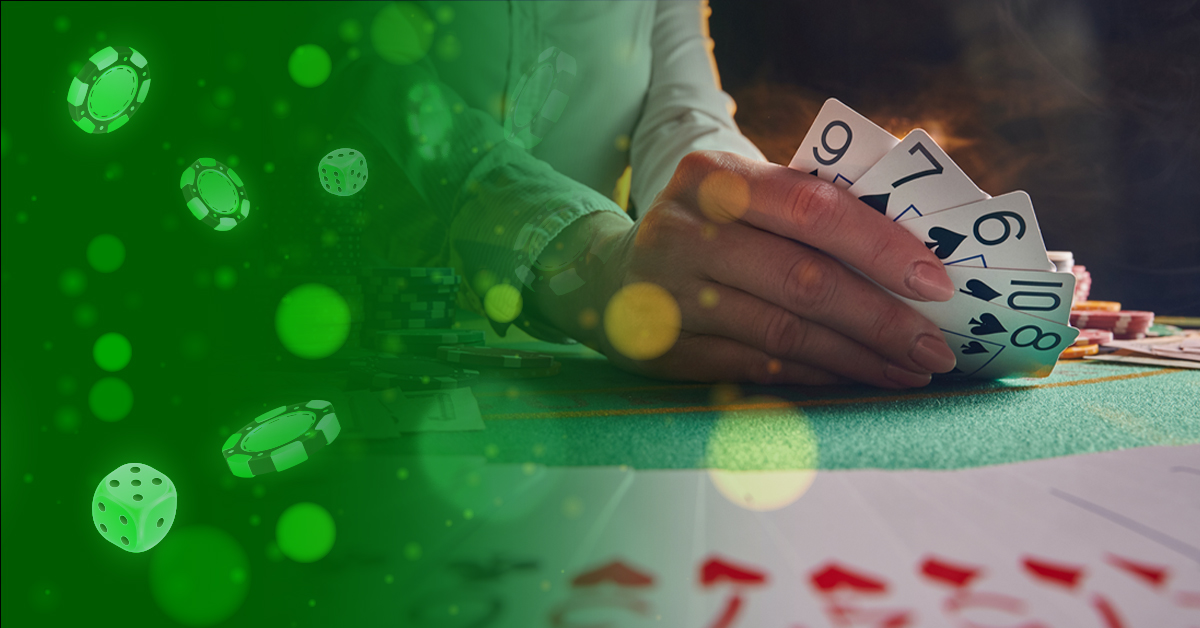
There are actually several different card counting strategies, some of which are far more complex than others. To detail every single one would require an entire book! So let’s keep it simple for the time being.
Putting the details aside, all of the major strategies used by card counters are based on these four steps:
- Assign a nominal value to each card in the deck
- Use these values to keep a running count
- Use the running count to calculate a true count, using some kind of formula
- Use the true count to optimally vary your bet sizes
When should you count when counting cards?
When playing blackjack, counting cards should ideally begin before you have taken your seat. In a perfect world, you would like to already have an indication of the count before you sit down. Because if the count is not in your favor, you don’t really want to be betting, so you would not sit at that table.
However, working in teams or watching a table for a long time before playing isn’t usually practical. For most people, you need to begin counting the cards the second you take your seat.
How do you keep a running count?
Every counting system is different, but for the sake of illustration, let’s take a look at the Hi-Lo method. Each card is assigned the following values:
- 2 to 6: Add 1
- 7 to 9: No change
- 10 to Ace: Subtract 1
Every single card that is dealt, whether it’s to you, the dealer or another player, must be monitored. When the running count starts to increase, it means that many of the undesirable lower value cards have been used. In other words, there are more high value cards left in the deck, which is good. That would be the time to think about increasing your stakes.
What is the true count?
So what exactly is the true count blackjack aficionados talk about? How does it differ from the running count? In short, the true count is more accurate. The running count only gives us a snapshot of what is happening in the shoe.
Think of it this way. If I have a single deck of cards and I take an Ace away, I now have 3 Aces instead of 4. That’s a 25% reduction, a hugely significant difference. But if there are 8 full decks in the shoe, that’s 32 Aces in total. So what difference does it really make to take out a single Ace? 31 still remain in the deck, only reducing the number by a little over 3%.
To get a more accurate reflection of what is happening, in order to vary our bets optimally, we need to convert the running count into a true count. Every card counting system does this differently, although the more basic methods don’t even make a conversion.
How do you practice true count?
Well that depends on your preferred card counting strategy, since the conversion from the running count will vary between systems.
Usually, you will be dividing the running count by the number of remaining decks in play. Though it could be a different amount, such as the number of half decks or other fractions, depending on the system. So the best way to practice is to simply run dummy drills to sharpen your mental arithmetic.
Try keeping a running count with a single deck, then just divide by fractions. If your running count is +3, what would the true count be if you divided by one half? +6. What about dividing by one third? +9.
Counting strategies
The earliest card counting strategy, devised by Edward O. Thorp in the 1960s, was extremely primitive. But over the years, gamblers and mathematicians have continued to build on that foundation, devising ever more detailed and accurate systems.
Here are some of the most famous card counting methods:
- Hi-Lo
- Hi-Opt I
- Hi-Opt II
- Knockout / KO
- Omega II
- Red 7
- Wong Halves
- Zen Count
The rules of blackjack
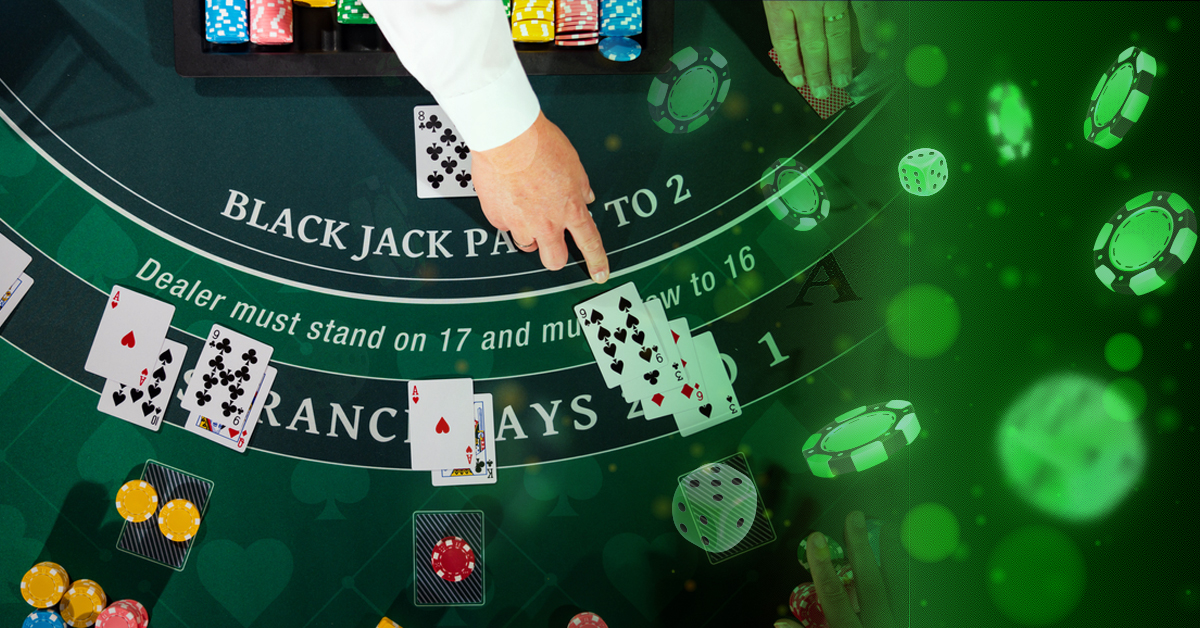
If you don’t even understand the rules of blackjack, counting cards seems fairly pointless. So let’s quickly run through the basics of how to play this classic casino table game:
- All players seated at the table receive two cards which are dealt face up.
- The dealer also receives two cards, though the first will be turned face down. This card is only shown at the very end of the hand, once all decisions are finished.
- Players can continue to ask for cards to try and improve their hand.
- However, if the value exceeds 21, they are said to be bust and are out of the hand.
- As long as the dealer’s hand value is below 17, they must take additional cards. This rule varies from casino to casino. Some use a different cutoff.
- The dealer stands if they have a value of between 17 and 21.
- If the dealer busts, all players who remain in the hand win, irrespective of their own hand’s value. They are paid at even money (1:1).
- Whenever you are dealt a pair, you can split them off into two separate hands. New cards are added to form two hands and a second wager must be placed.
- Rather than take a card, a player may opt to double down. They place a second wager on the hand and they can only receive a single extra card.
- Players can surrender their hand, giving up half of their bet and forfeiting the rest of the hand. Most casinos use this rule, though not all.
Card values
In blackjack, the card values are quite simple to understand. Here’s a quick rundown though, just in case you aren’t sure:
- Aces: An ace in blackjack can have two different values, depending on what suits you at the time. It will be worth 11, unless that makes you bust, in which case it becomes a 1.
- Jacks, Queens & Kings: Every royal card in a blackjack shoe is worth 10.
Number 2 through 10: The rest of the cards retain their usual face value.
Basic blackjack betting strategy
Counting cards is a fairly useless exercise if you don’t understand how to execute basic strategy perfectly. Any edge gained from counting will be wiped out if you start making crazy decisions. So what exactly is basic blackjack strategy?
Perfect basic strategy is based on computer simulations which reveal exactly what you should do in every single situation. There are too many permutations to write everything out, but they can be neatly summarized in the form of charts. Here are the key details:
- Always stand with hard 17. If you have a soft 17, that’s different. But with a hard 17, it’s not a profitable play to draw against anything the dealer is holding. Not even an Ace or 10 value card.
- Stand with 12 to 15, if the house shows a 2 through 6. The dealer has a far greater chance of going bust if they are holding lower cards. As a result, it’s not worth playing those awkward hands like 12 to 15. You are highly likely to bust if you take a card, so allow the dealer to go over 21 instead.
- Always hit with 8 or less. If you only have 8, there are no cards in the deck that would cause you to go past 21. Even an Ace would only give you 19. So regardless of what the dealer has, you should always take another card. If you have a 9, you also cannot go bust and should draw. But if the dealer holds a 3 through 6, you should double down rather than hit as this is a profitable spot.
- Double down with 10 most of the time. If the value of your starting hand is 10, you should be looking to double down as you are likely to make 20. The only exception to this rule is when the dealer is showing an Ace or also has 10.
Never split 10s. You have a made hand of 20 which is going to be very hard for the dealer to beat. 20 will win around 83% of the time. When you split to make two new hands, the chances are that both are going to be lower than 20. Splitting lowers your chance of winning to just 63% for both hands.
Is there a blackjack calculator available?
You can find blackjack calculators on the internet. You will have to pay for the more powerful software, but there are also several free resources. These allow you to run various simulations to demonstrate what you should do in certain situations. They also show what the expected value of each play would be in the long-term.
But in truth, you don’t really need a blackjack calculator. Basic strategy charts are freely available. Although they don’t show the detail behind each decision, you can be sure that they are based on sound mathematics and hundreds of thousands of simulated hands.
How do casinos know you're counting cards?

Casino staff are vastly experienced and have seen everything there is to see. So they know pretty quickly if you are counting cards in blackjack. There are some pretty obvious red flags. Let’s look at a few:
- Steadily increasing and decreasing bets. This is the biggest indicator. You start off betting a fixed amount. A number of low cards appear and suddenly your bets increase for a while. Then they drop back down to the original size. A number of high cards appear and suddenly the stakes drop further. This type of thing is a red flag.
- Splitting 10s. Basic strategy dictates that you never, ever split 10s. Only a complete beginner would split 10s. Unless of course, they knew something that nobody else does, because they’ve been counting.
- Sometimes surrendering 15. If surrender is an option, the right play is to surrender on 15 every time. So why would a player who normally surrenders suddenly decide not to? Particularly if they have increased their bet size?
- Suddenly sitting out for a short time. Why is this player suddenly dropping out temporarily? Particularly if their bet size has been decreasing prior to it. There could be a genuine reason. But it would be worth checking, particularly if two players sit out and rejoin at the same time.
- Suddenly playing multiple hands. Similarly, why is a player who only plays one hand a time wanting to now play two or three? Maybe they are just feeling lucky, but if their stakes had been increasing prior to this, it could be a sign.
All of these individual moves mean little in isolation. The player could just be a complete beginner, or even drunk. But consistency is the key. If they make unusual plays sometimes but not others, and play correctly for a while but then massively deviate in strategy, this would trigger suspicion.
Counting Cards - Final Word
So there we are. We’ve reached the end of this guide to counting cards. You’ve learned all about how blackjack is one of the casino games with best odds, thanks to basic strategy. As well as the different types of card counting systems that can tilt the edge in your favor.
Perhaps then it’s time to put your newly acquired skills to the test? Check out the exciting range of blackjack games on offer at Slots.GG today.
Card Counting FAQs

Is it hard to count cards?
Yes, it’s certainly not easy. There are many different systems and some are easier than others. But whichever option you pick, you’re going to need a lot of practice in order to master it.
Card counting requires a lot of concentration and discipline. You cannot sit and enjoy the game of blackjack like a recreational player. You definitely shouldn’t drink alcohol, as this will affect your memory and concentration. Counting takes a lot of the fun out of the game.
Can you count cards online?
Yes and no. Most online casino table games use random number generator software, rather than physical cards. With these games, it isn’t possible to gain any edge from counting cards. You can use them to practice, but it won’t have any impact on your chances of winning. That’s because every hand, the deck is essentially reshuffled by the computer.
However, if you are playing live dealer blackjack, real cards are in play. The shoe is shuffled just like in any bricks and mortar casino. So you certainly can employ card counting strategies. Just be aware that the dealers tend to reshuffle the shoe much earlier in these games. Since they are not able to watch out for counters as easily, they employ these tricks as a defense.
Is card counting illegal?
Although there are no other casino card games in which it’s possible to overturn the house edge, it is not actually illegal to count cards when playing blackjack. This idea may have come about due to movies or TV dramas.
Casinos certainly don’t enjoy you having an advantage and if you get too carried away, they could potentially impose a limit on your bets. But at worst, they would simply ask you to leave the premises. And there is definitely no law anywhere in the world against counting cards.
What is the difference between running count and true count?
The running count is a simplified count that helps you to keep track of how many low value cards remain compared to the number of higher value cards. While the true count, as the name implies, gives a more realistic impression of the state of the deck.
The running count is just a small sample of the actual shoe. After adjusting this figure and calculating the true count, you increase the accuracy and relevance of the count.
Can you make money with baccarat counting cards?
There are many different types of casino games involving cards, but only blackjack is susceptible to counting strategies. Trying to count cards in games such as Pai Gow, Baccarat or Casino Hold’em is completely pointless. The cards are shuffled too frequently and you cannot gain an edge from keeping track of where they are.
